On 23 November 1963, this site received the first transpacific transmission of a TV signal from Mojave earth station in California, U.S.A., via the Relay 1 communications satellite. The Ibaraki earth station used a 20m Cassegrain antenna, the first use of this type of antenna for commercial telecommunications. This event demonstrated the capability and impact of satellite communications and helped open a new era of intercontinental live TV programming relayed via satellite.
Japan
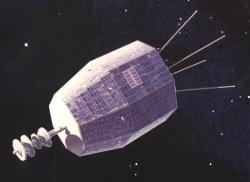
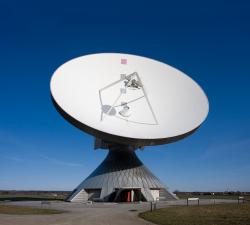
NHK began the world's first direct broadcast satellite service in May, 1984. This was the culmination of eighteen years of research that included the development of an inexpensive low-noise receiver and investigations of rain attenuation in the 12 GHz band. RRL, NASDA, TSCJ, Toshiba Corporation, General Electric Company, and NASA participated with NHK to make satellite broadcasting to the home a practical reality.



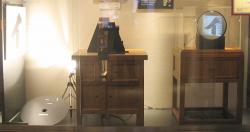


State: Tokyo-toZip: 100-0005Country: JapanWebsite: https://www.asme.org/about-asme/who-we-are/engineering-history/landmarks/211-tokaido-shinkansenCreator: Shima, Hideo
In 1964, Shinkansen (which means "new trunk line" and is also known as the bullet train) between Tokyo and Shin-Osaka became the world's first high-speed railway system, running at a maximum business speed of over 200 km/h (130-160 mph).

The Tokaido Shinkansen, the world's first inter-city, high-speed railway system, began operations on its route of over 500 kilometers between Tokyo and Osaka more than thirty years ago, in 1964. After its establishment, the Tokaido Shinkansen made a major contribution to Japan's rapid post-war economic growth as the country's principal transportation artery. Today (1997), more than two hundred and eighty Shinkansen trains operate between Tokyo and Osaka each day, with eleven departures an hour at peak times, and a daily ridership of more than 360,000 passengers.
Innovations

The Tokaido Shinkansen, the world's first inter-city, high-speed railway system, began operations on its route of over 500 kilometers between Tokyo and Osaka more than thirty years ago, in 1964. After its establishment, the Tokaido Shinkansen made a major contribution to Japan's rapid post-war…
Read More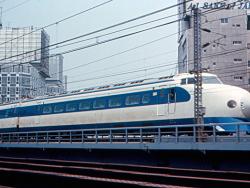
In 1964, Shinkansen (which means "new trunk line" and is also known as the bullet train) between Tokyo and Shin-Osaka became the world's first high-speed railway system, running at a maximum business speed of over 200 km/h (130-160 mph).
The nose profile, starting with the original…

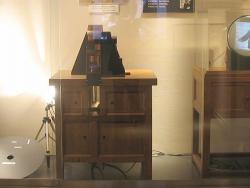
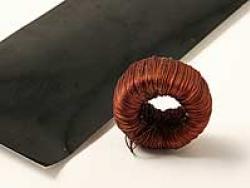

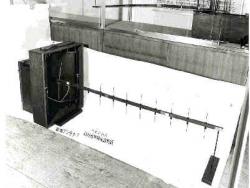
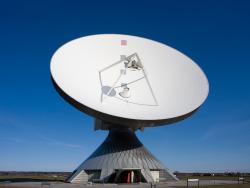
NHK began the world's first direct broadcast satellite service in May, 1984. This was the culmination of eighteen years of research that included the development of an inexpensive low-noise receiver and investigations of rain attenuation in the 12 GHz band. RRL, NASDA, TSCJ, Toshiba Corporation…
Read More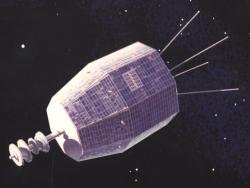
On 23 November 1963, this site received the first transpacific transmission of a TV signal from Mojave earth station in California, U.S.A., via the Relay 1 communications satellite. The Ibaraki earth station used a 20m Cassegrain antenna, the first use of this type of antenna for commercial…
Read More

